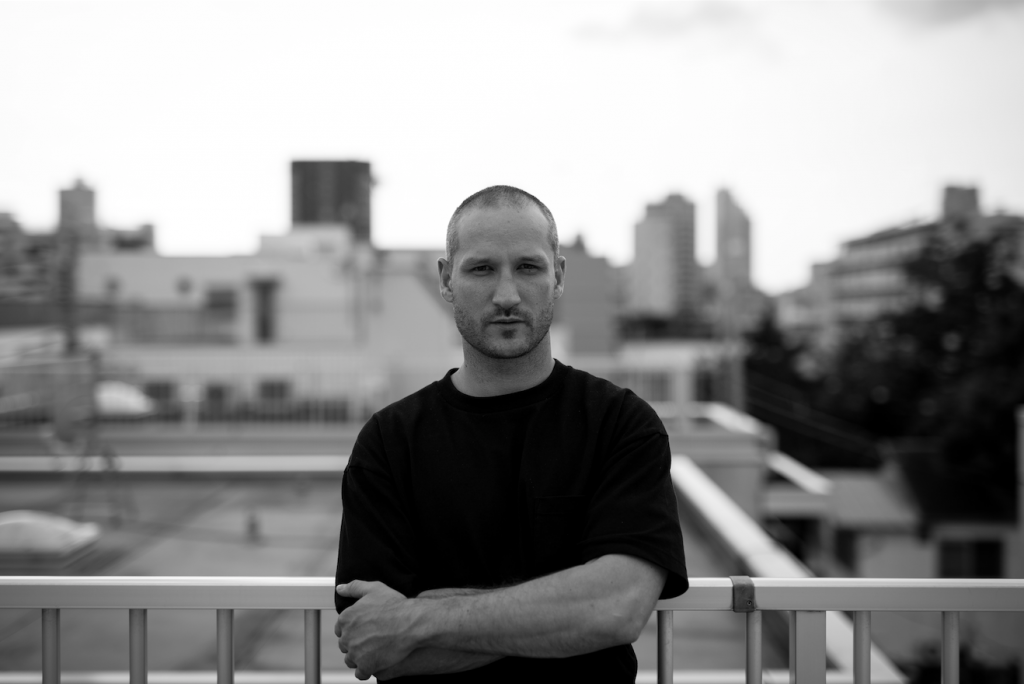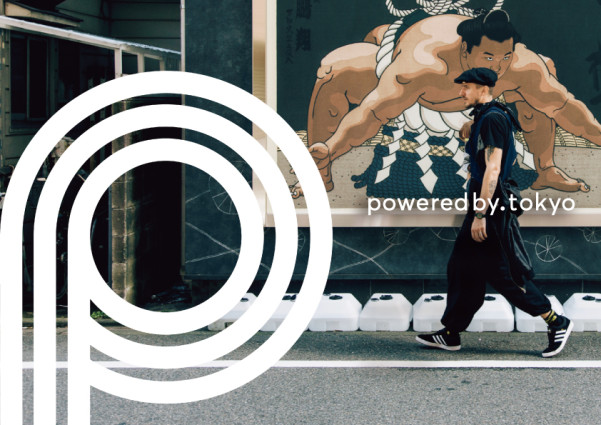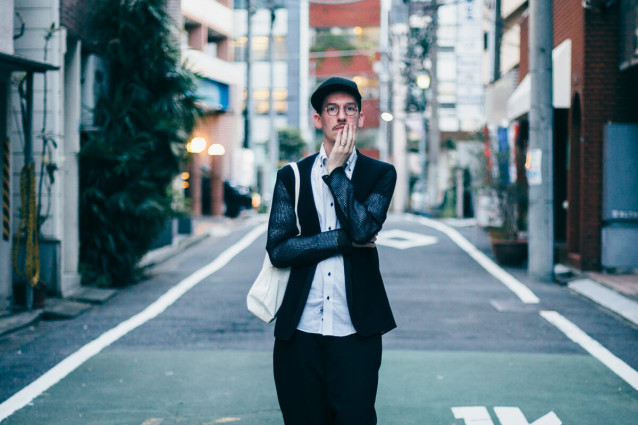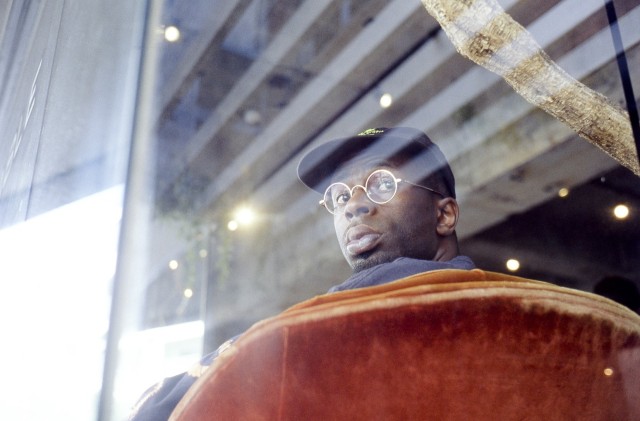How does a city create its identity? And how do we define Tokyo’s identity? Powered by Tokyo is a new community-driven movement that seeks to answer these questions, and in doing so, represent Japan’s evolving capital beyond the cultural clichés. We chat with the project’s founder, Chace Fedor (above), to find out more about the way he and his team are capturing and documenting Tokyo.
Why does Tokyo need a movement like this?
Tokyo has always been “cool” and a desirable place to visit, I suppose, but up until recently it has carried this unwarranted Bubble-Era reputation of being an expensive, inaccessible island. In reality it is quite a bargain compared to other alpha cities such as NYC and London. I think people are now catching on to this, and as a result we are seeing a huge influx of tourists. Most attempts to capitalize on this have been financially or politically motivated – they have focused on the novelty or kooky stereotypes. We felt that Tokyo wasn’t being adequately represented through conventional channels. Tokyo is this monstrous iceberg under the surface, but what’s sold to people is just a little ice cube pointing out the ocean. We wanted to communicate this side of the city to people in an authentic way. The Tokyo we know and love.
Describe the Tokyo you know and love.
It’s inexplicably magnetic. Its depth and mystery allows the curious mind a lifetime of exploration; around every turn reveals one of the city’s many secrets. This is all a result of its urban diversity. There’s no other place where you can travel between neighborhoods on a short train ride and feel like you’re in a different city. At the same time it’s very flat: If you take someone from Kitasenju and Nakameguro … economically they’re quite separate but if you put them side by side and interact with them, you’ll find that they’re quite similar, in manner and values. I think this is something unique to Japan’s class system, or lack thereof.
How do you see the city evolving right now?
The demographics are changing. The stigma of foreigners just visiting or not taking life seriously here is being lifted. We are garnering a bit more respect as contributors to society and the cultural landscape; we’re becoming an integral part of it, as opposed to this feeling of “When are you going home?” You can see this with how we are now collaborating more intimately as peers on an equal level.
So what is Tokyo’s identity?
Nobody can really answer that. What is a Tokyojin? Nobody has a clear answer, and I think that’s the beauty. When you think of a New Yorker or a Parisian, you have this clear image in your head. But Tokyojin? People are, like, hmm, overworked salaryman, chic Sunday shopper? However, I do believe that the cornerstone of Tokyo’s identity is its constant evolution and renewal. I’m always reminded of a quote from the late Donald Richie: “Worrying about change in Tokyo is a fool’s errand, you might as well complain about the weather.”
But for Powered by Tokyo you’ve chosen to focus on people…
Yes, because it’s the people – the entrepreneurs, the creatives, the chefs, the bartenders, our cultural delegates – who are shaping this city’s identity and future. We want to create a platform to give these individuals a voice. Then, collectively, we can establish an authentic image of the real Tokyo.
Below are just a few of the Tokyojins captured by the team. See more at poweredby.tokyo













